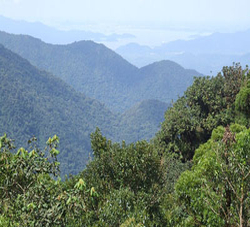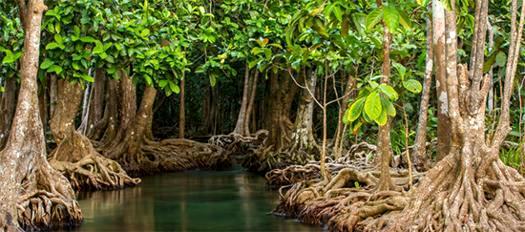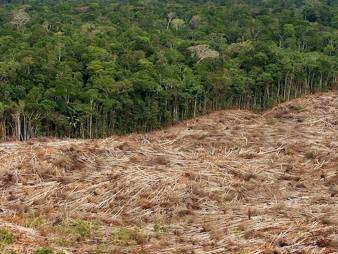Potential management solutions, according to Carlson and Curran, include maintaining natural vegetative cover next to streams and designing oil palm plantations so that dense road networks do not intersect directly with waterways. These kinds of improved practices are being pioneered by the Roundtable on Sustainable Palm Oil (RSPO) and other organizations that certify palm oil production as sustainable. Yet, Carlson said, “Our findings suggest that converting logged forests and diverse smallholder agricultural lands to oil palm plantations may be almost as harmful to stream ecosystems as clearing intact forests.” Very few protections for such non-intact forest ecosystems exist.
According to Curran, extensive land conversion to oil palm plantations could lead to a “perfect storm” combining the crop’s environmental effects with those from a massive El Niño-associated drought. (One is predicted this fall.) “This could cause collapse of freshwater ecosystems and significant social and economic hardships in a region,” Curran said.
Curran and Carlson’s study of oil palm cultivation in Indonesia has been funded with support from the NASA Land-Cover/Land-Use Change program and the John D. and Catherine T. MacArthur Foundation.
Check the following link to read/download the Full Study – “Influence of Watershed-Climate Interactions on Stream Temperature, Sediment Yield, and Metabolism along a Land Use Intensity Gradient in Indonesian Borneo”:
http://onlinelibrary.wiley.com/doi/10.1002/2013JG002516/abstract
Source: By Rob Jordan, Stanford.


















